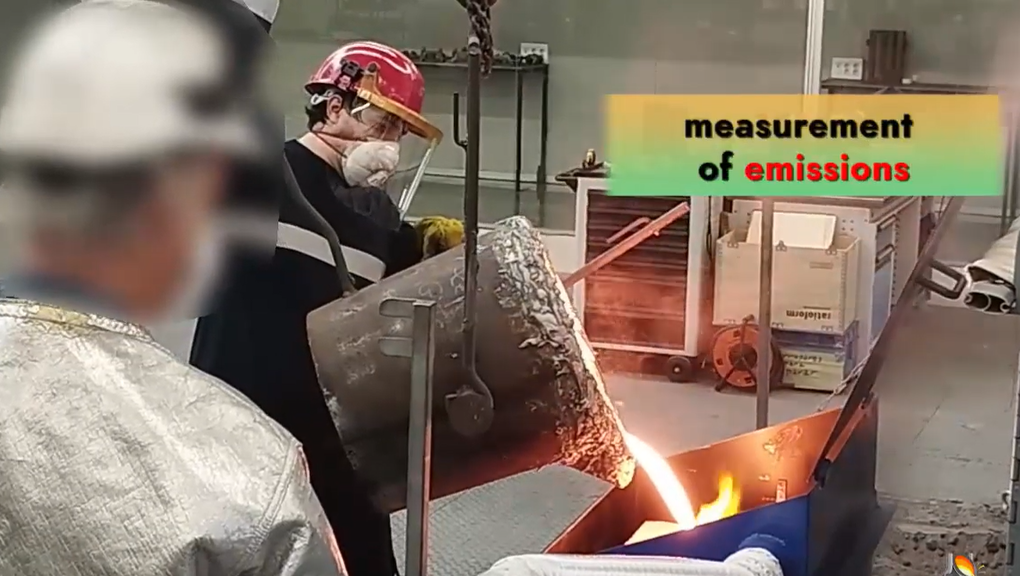The CIRCOM project consortium has worked on the most appropriate waste selection and collection processes and the characterization of the residues. The team has also worked on the development of optimal binders for each of the identified target applications: a cement-free prefabricated element, a refractory concrete and a casting mold.
Since 2022 the CIRCOM project consortium has been working on the development of sustainable materials with cementitious characteristics by reusing industrial waste generated by both the metal sector (steel slag) and the construction sector (construction and demolition waste, CDW). To achieve this, the research team has opted for the alkaline activation of waste materials that are rich in aluminum-silicates. Alkaline activated materials (AAM) work as binders because of a reaction generated by an alkali metal source and a solid precursor. When such reaction occurs, the material sets and hardens, developing a compound with cementitious properties similar (even enhanced) to those of ordinary Portland cement.
In this way, the CIRCOM project addresses a double environmental need within the aforementioned sectors: the search for cementitious materials that allow improving the physical, chemical and mechanical properties of current cements, and the search for solutions to conserve non-renewable resources through the development of raw materials that improve production processes and the quality of final products.
Main advances in the first year of the project
With these objectives in mind, during the first year of the project, the CIRCOM research team has worked on the most appropriate selection and collection process for waste materials, as well as their analysis using different physical-chemical characterization methods. The conditioning of this waste streams has also been a critical aspect to be studied, since the homogeneity of the waste and the particle size have significant effects on the performance of the final product.
In a second phase, based on the results of the aforementioned analyses, the research has been oriented, mainly, to the design of the binder formulations with the objective of obtaining binders with optimal properties for each of the proposed applications. In parallel, a steelmaking aggregate to maximize the sustainability of the final concrete has been developed.
Mechanical resistance and thermal resistance are the key aspects that have been considered for the selection of scalable materials, which will be used, in the final phase of the project, in three applications free of Portland cement and with low environmental impact linked to the same sectors where waste was generated:
- Cement-free prefabricated element.
- Casting molds based on the combination of a binder-sand system based on slag and recovered sand.
- Refractory concrete, free of cement, of high-strength and dimensional stability.
CIRCOM has a multidisciplinary and cooperative consortium: REINOSA FORGING & CASTINGS, S.L., project coordinator, and CANTERA LA TORRETA, S.A., and the AIMEN, ITC-AICE and AZTERLAN Technology Centers. The CIRCOM project is funded by the call for Public-Private Collaboration 2021 with an expected duration of 36 months, covering four different annuities, between October 2022 and September 2025 and with a total budget of 980,930.02€.

«This activity belongs to the CIRCOM project with reference CPP2021-008798, funded by MCIN/EIP/10.13039/501100011033 and by the EU-NextGenerationEU/PRTR».


